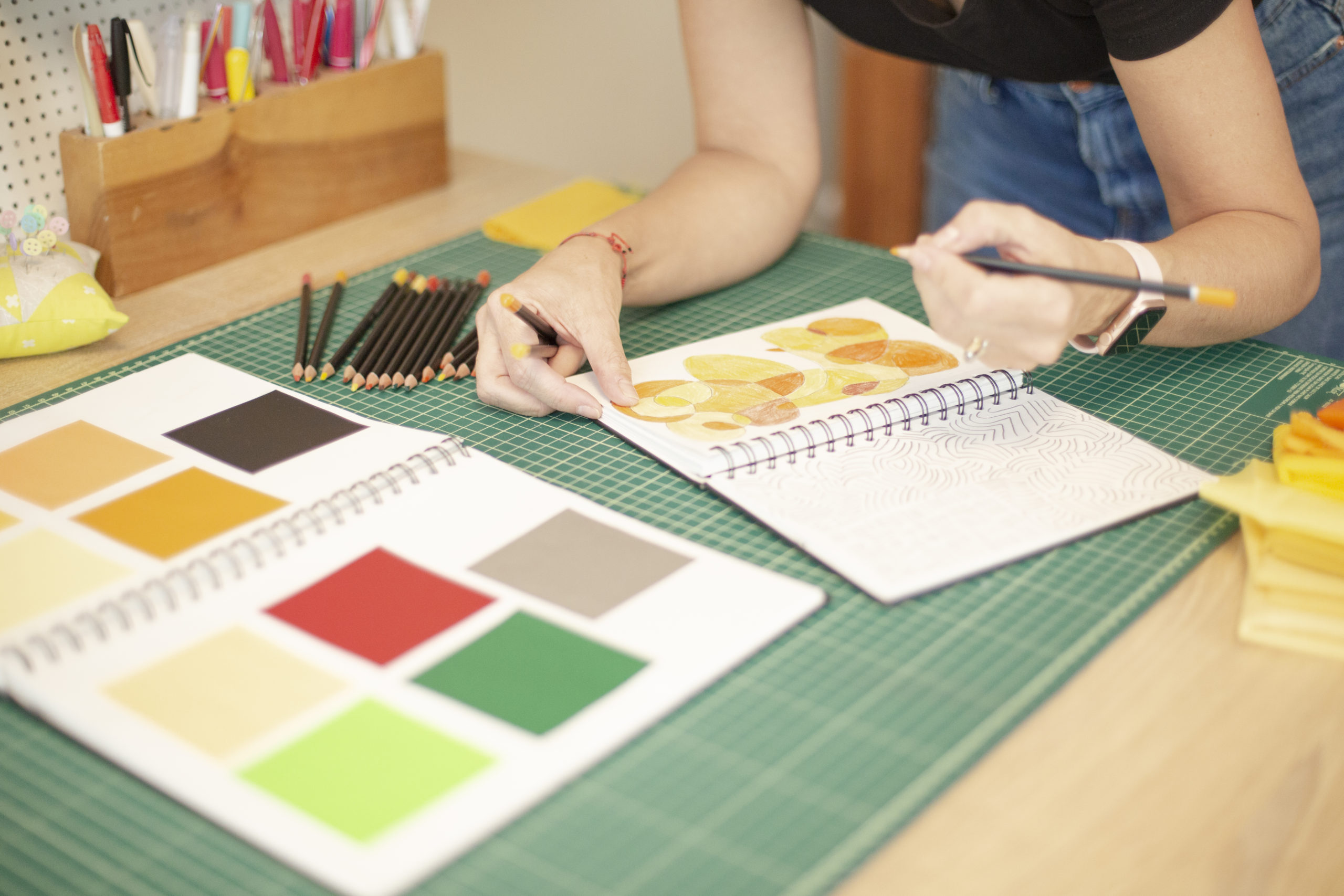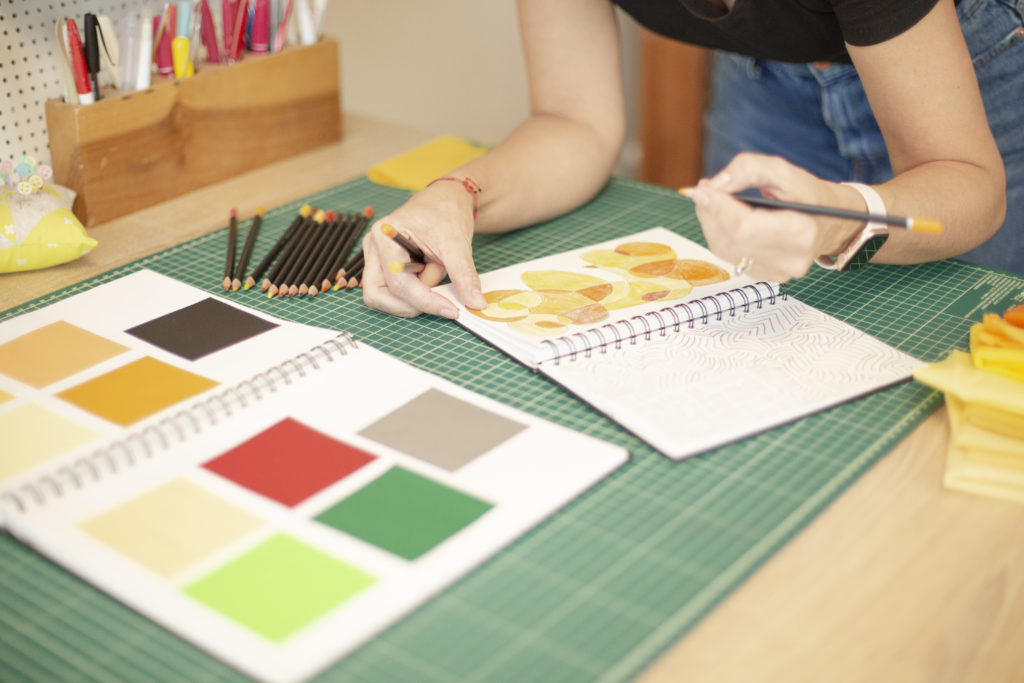
When you conceptualize color for your different quilts, you probably start with your favorite
primary colors, dabble a little bit in secondary and tertiary colors, and then play with a few
values to create contrast. There are other ways of conceptualizing color. These color models
are frequently used by designers, printers, and other professionals who work with color. Let’s
take a look at them and you might want to consider them as a way of expanding your
knowledge of color, especially if you plan on doing more of your quilting designs electronically
with design software.
The RGB model
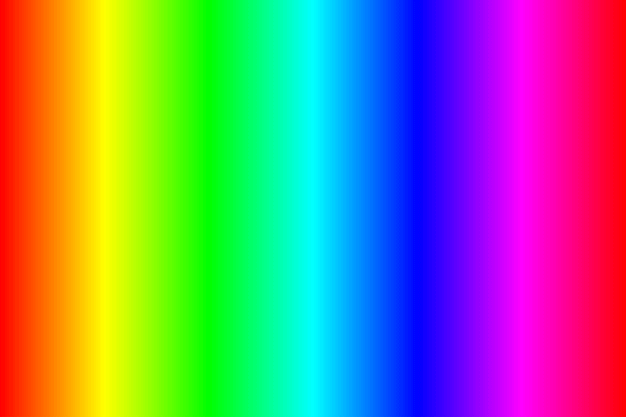
If you’ve hooked up RGB cables to an older television, you have a basic understanding of the
RGB color model. This is an additive color model that allows you to combine different primary
colors, red, blue, and green. When using a design tool, you will input different integers to arrive
at a color. For example, the RGB values of pink are 255, 192, and 203. In some ways, the RGB
model is very similar to when you start working with values in color theory. Think of the RGB
values as individual units of red, green, and blue that you combine to create a unique color. In
the case of RGB, you only have individual units of red, green, and blue to create your color.
The first use case of the RGB model goes all the way back to experiments with color
photography in 1861. It also is used to display color on electronic devices and many designers
use RGB colors when they are using a design tool.
The CMYK model
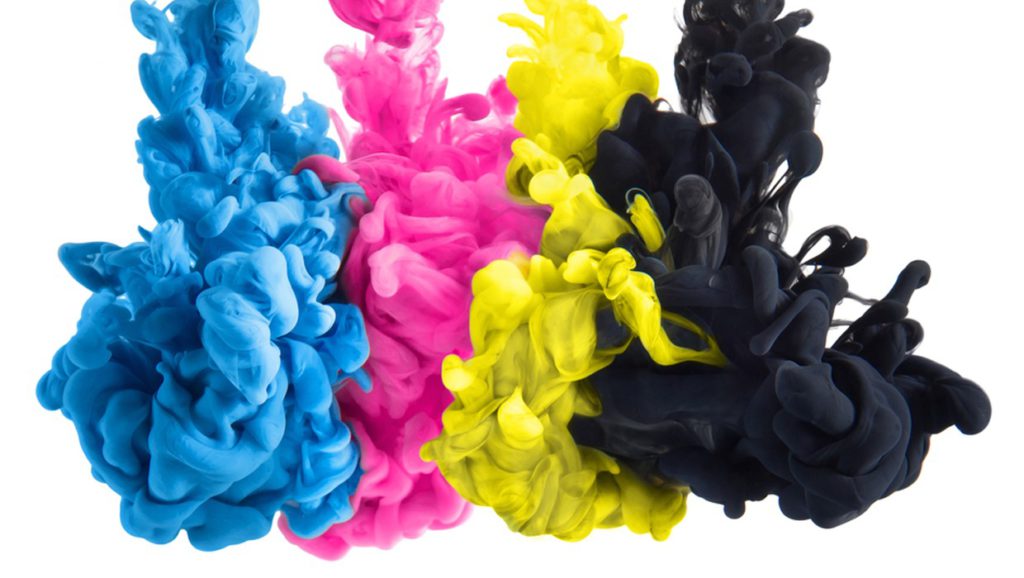
This is a unique approach to color that will make you think differently about how you go about
quilting. CMYK stands for Cyan, Magenta, Yellow, and Key (also known as black). This is
known as a subtractive color model. With RGB and other models of color, you are primarily
“adding” colors to come up with something new and unique. With CMYK, the ink on the paper is
used to mask the different colors red, blue, and green. For example, white light minus red would
give you cyan. Eventually, by subtracting different values of each ink, you would be left with the
color you’d like.
Even though the CMYK model is primarily used for print art, you might want to consider it when
you approach quilting. By taking away values from a particular value, you might find something
new and unique.
Other color models
If you work at the computer frequently, you’ve probably heard of a system called HEX. HEX, which
is short for hexadecimal, is a very similar system to RGB. Instead of just numbers, you will use
letters and numbers to arrive at colors. You’ll add different letters and numbers to adjust the
shades of color that you want.
There are also three-dimensional means of modeling color. The HSV and HSL models are
unique because they use geometry. If you were to stack the different colors in a cylinder, you
would achieve the effects of lightness and value by moving upwards in the space. Transiting
outwards from the center point would change the saturation of the color while transiting around
the space would help you adjust the hue.
How Do These Models Apply To Quilting?
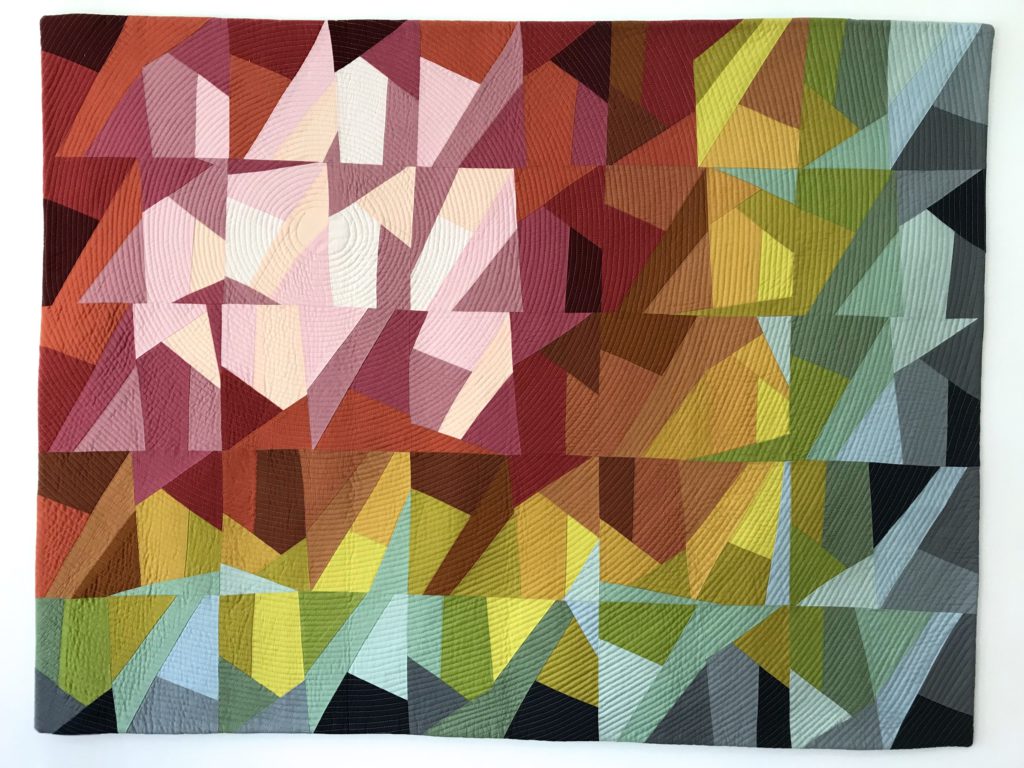
When we quilt and play with color value, we often think of adding or subtracting different
elements to arrive at the colors that we want. The additive and subtractive models described
above are a more mathematical means of approaching color. If you work with the numbers and
letters of these different models, you might arrive at a different color combination that you might
not have done traditionally.
Also, it is a common trend for us to start at a certain point and add colors to arrive at a particular
color palette. The subtractive method might encourage us to think of starting from a certain color
and moving backwards to find the rest of the colors and values that we would like to use.


